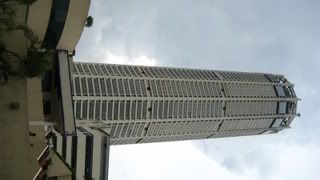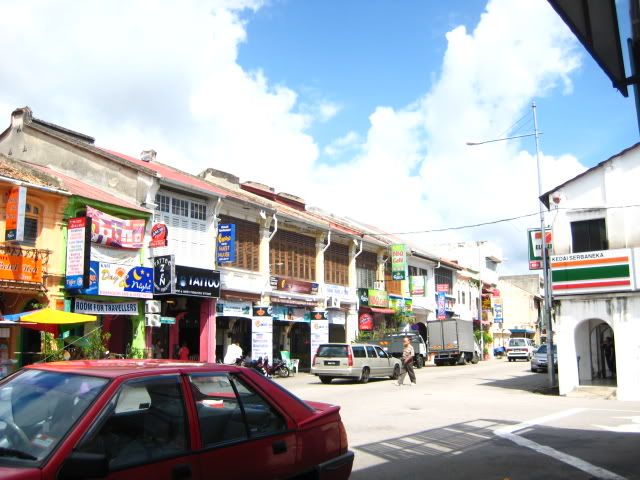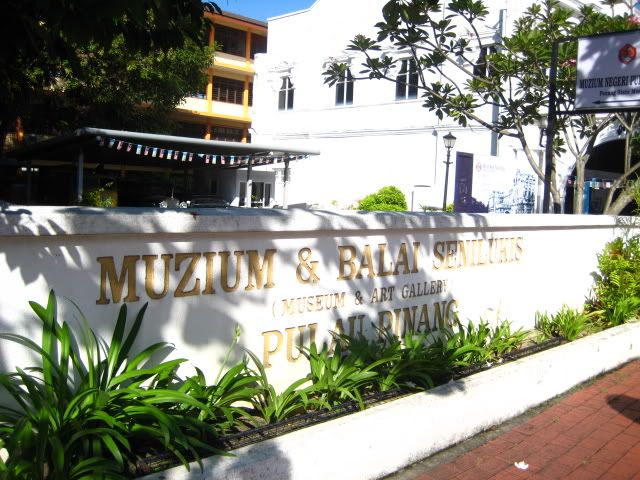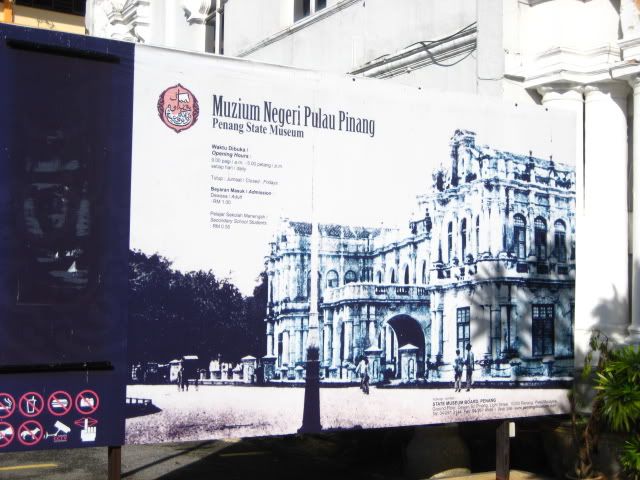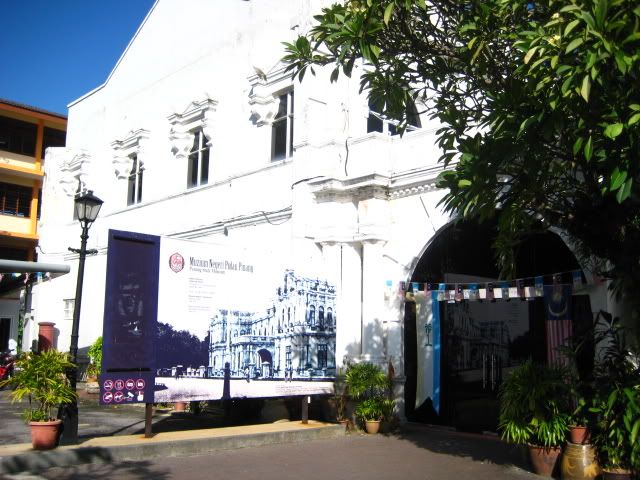Penang Island is connected to the mainland by the 13.5-kilometre Penang Bridge (completed in 1985), one of the longest bridges in Asia. Due to heavy traffic, the bridge is currently being broadened into 3 lanes from the current two. On March 31, 2006, the Malaysian government announced a second bridge project, tentatively named the Penang Second Bridge, to be built under the Ninth Malaysia Plan. Penang Bridge was built by Hyundai.

The controversial Penang Outer Ring Road (PORR) is now under way. The idea of the project is to cut travelling time on the eastern part of the island. Concerned citizens voiced protests over the designated route which will cut across quiet residential areas and also cause some environmental damage. Another expressway, the Jelutong Expressway has reduced travelling time from the Penang Bridge to the city centre by half.
The Butterworth Outer Ring Road (BORR) is a 14-km tolled expressway that serves primarily Butterworth and Bukit Mertajam to ameliorate the upsurge in vehicular traffic due to intense urban and industrial development.
Unfortunately, modern transport has also brought the problem of traffic congestion to the roads of Penang, as most of the roads in the city centre are narrow, due to lack of proper planning and also primarily because these lanes and alleys were built so long ago. Many of them have since been converted into one-way streets in order to smoothen traffic flow. Roads in the city outskirts and in Province Wellesley, however, are broad and modern because these areas were more recently populated and thus could anticipate heavier traffic. As traffic congestion worsen by the year, the government desperately needs to come up with a comprehensive solution to the erratic public transport problem.
-information courtesy of wikipedia-







